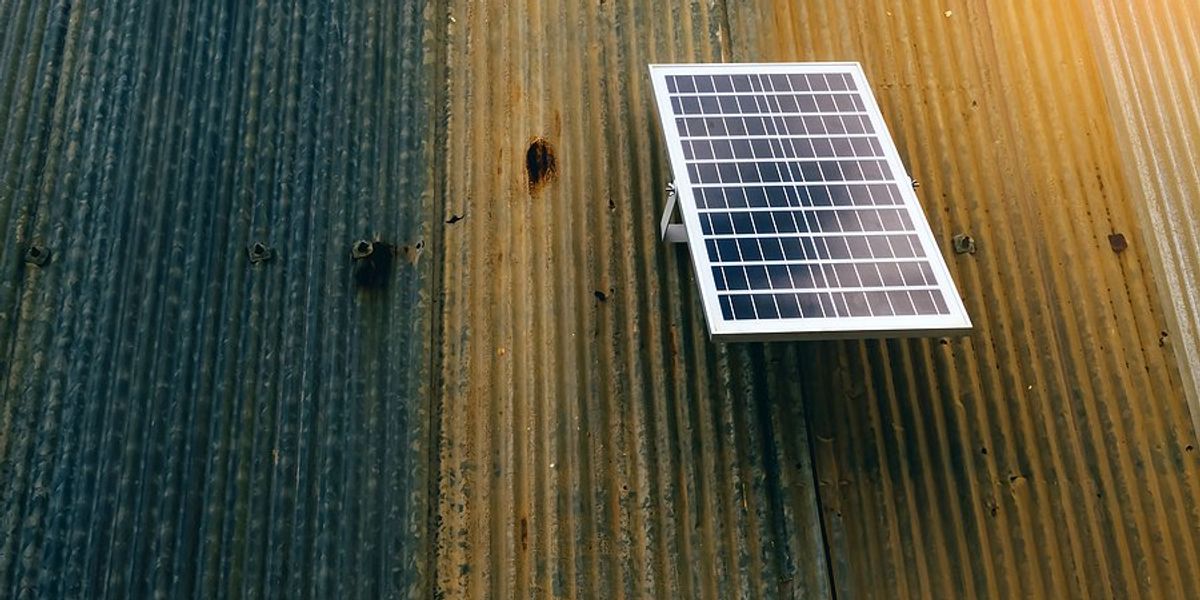
Northeast wildfires raise concerns about climate-driven volatility
A historic wildfire season in the U.S. Northeast has fire managers reassessing preparedness as climate change fuels erratic weather patterns that create both extreme drought and heavy rainfall.
Olivia Gieger reports for Inside Climate News.
In short:
- The Northeast saw its worst wildfires in decades in fall 2024, with Massachusetts alone experiencing 663 fires in October and November — far above the usual monthly average of 15 to 20.
- Experts say climate change is driving “hydroclimate whiplash,” where rapid shifts between wet and dry conditions increase fire risk by drying out vegetation even after heavy rainfall.
- Fire officials stress the need for better wildfire training for local responders and closer coordination between states as extreme weather events become more frequent.
Key quote:
“That was a wakeup call for the fire service in general, it was a reminder that history can repeat itself.”
— Dave Celino, chief fire warden for Massachusetts’ Department of Conservation and Recreation
Why this matters:
The Northeast has long been considered less vulnerable to wildfires than the West, but changing climate patterns are changing that reality. Warmer air holds more moisture, leading to intense rainfall, but it also accelerates evaporation, drying out forests and creating fuel for fires. The unpredictability of these swings makes fire prevention and response more difficult. With communities unaccustomed to large-scale wildfires, local and state agencies must adapt quickly to avoid catastrophic losses.
Related: Northeast braces for growing wildfire and drought risks














